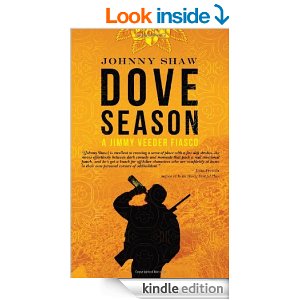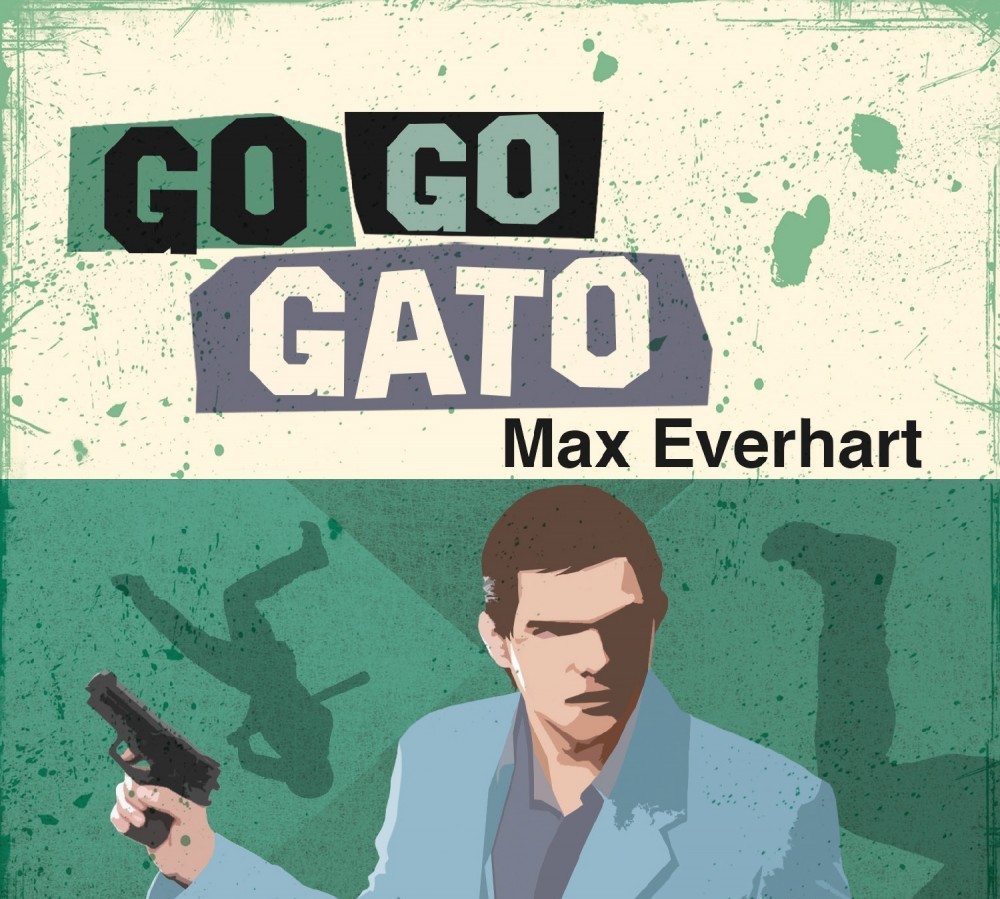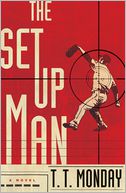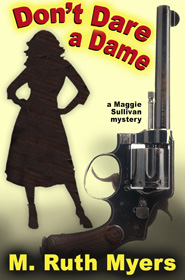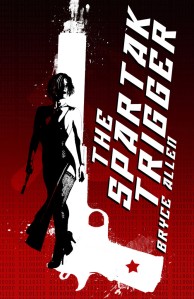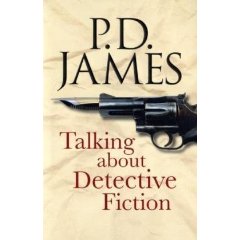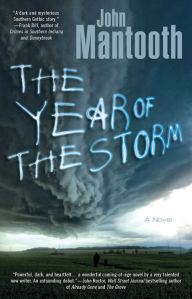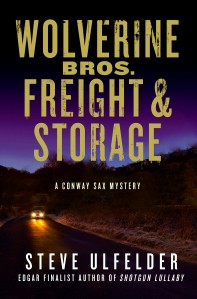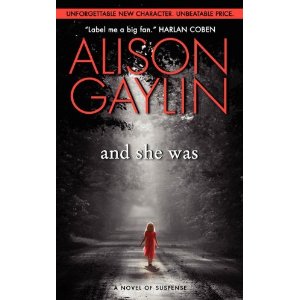In my mind, this novel can be broken down into two parts, and both of them are satisfying, but for different reasons. Part One is about Jimmy Veeder, a good guy drifter with a sense of humor, who returns to the Imperial Valley in California to visit his dying father, Big Jack Veeder. The highlights of this section are Shaw’s descriptions of Imperial Valley and Mexico, which is right on the border nearby. Here is one of my favorite sections from the beginning of chapter six:
All the fun stuff is in Mexico. . . Hell, you can buy Cuban cigars. You can go to a bullfight, a dog fight, or a cock fight if that’s your pleasure. What is fun and illegal in the U.S., Mexico gladly offers in a semi-legal, slightly dangerous way. If the law looks the other way, then is it really illegal?
In this passage, Shaw comically sums up the moral and legal ambiguity of Mexico and what role America and Americans play in that ambiguity; pretty much throughout Part One, he manages to skillfully provide commentary on the complex relationship between the two countries, but without being preachy, long-winded, and, most importantly, without sacrificing the narrative thread. Another aspect of Part One I enjoyed was the relationships between Jimmy (the son) and Jack (the father). Even in a crime novel, death bed scenes, especially death bed scenes between parent and child, could very easily come across as trite or just plain boring to read. But these aren’t. Big Jack, a veteran and a farmer, is kind of the strong-silent type, but he has a wonderful sense of humor, especially about death. Here’s Big Jack on death, from chapter three:
Dying is a bitch when you don’t believe in God. But I ain’t going to start now just because I’m scared. I’m afraid, and the only way I know how to kill fear is distraction. I want to die happy. I want to die laughing. . .Let’s not let this get dark and sad and morose. Leave the crying to the women.
Throughout Part One, there are funny exchanges like this between Jimmy and Jack, the best of which happens when Jack asks his son to find him a prostitute, which, in a way, serves as the transition from Part One to Part Two.
Part Two of the novel is the crime element of this particular crime novel, and this is when the narrative really picks up speed. Jimmy and his friend Bobby head into Mexico to locate Yolanda, a prostitute that Big Jack has a mysterious relationship with. I never like to talk specifics about plot, but I can say this journey into Mexico brings death, kidnapping, and gangsters into the mix, which is always fun. I especially enjoy the character Tomas Morales, a stone-cold businessman who Jimmy used to look after when Tomas was a little kid. Morales is into all manner of illegal activity, but he assists Jimmy in finding Yolanda. In this section of the novel, the reader really gets to know Jimmy, and the misadventures he gets into with Bobby are great fun. As is their dialogue. Here’s Bobby’s response when Jimmy asks him to go to Mexico and help Jimmy locate a hooker for Big Jack:
Your dad is fucking awesome. I am so in on this. Beats the shit out of bringing flowers. Jack wants a piece, let’s tear him off some chonch.
That made me laugh. I also enjoyed the relationship Jimmy has with Angie, his ex-girlfriend who works at Big Jack’s hospice center. Tough as nails and every bit as funny as Bobby, Angie keeps Jimmy, a slacker by nature, focused and centered, and it is always fun to read.
Bottom line, this is an excellent book with a funny yet flawed main character and a fascinating setting. The Mexico/US border is always fertile ground for great stories, and Johnny Shaw has certainly added a great new one. I’ve already downloaded PLASTER CITY, which is another book in the Jimmy Veeder series. I give DOVE SEASON my highest recommendation.
